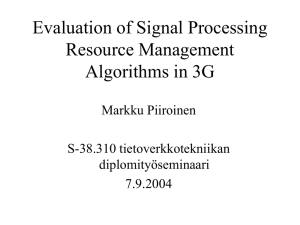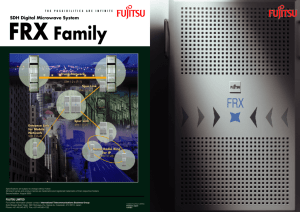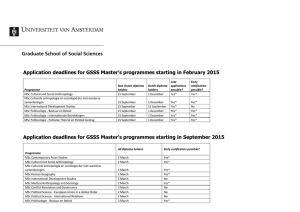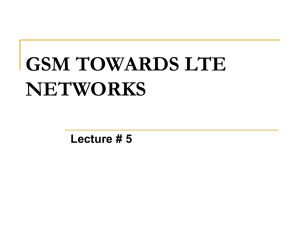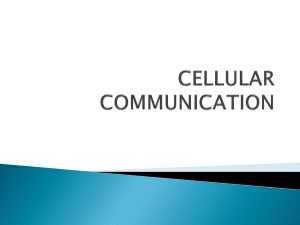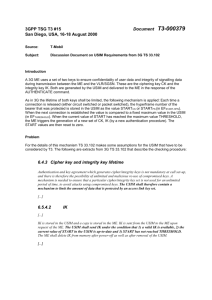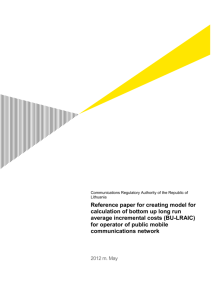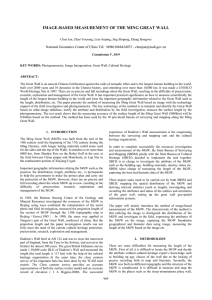3G deployment
advertisement
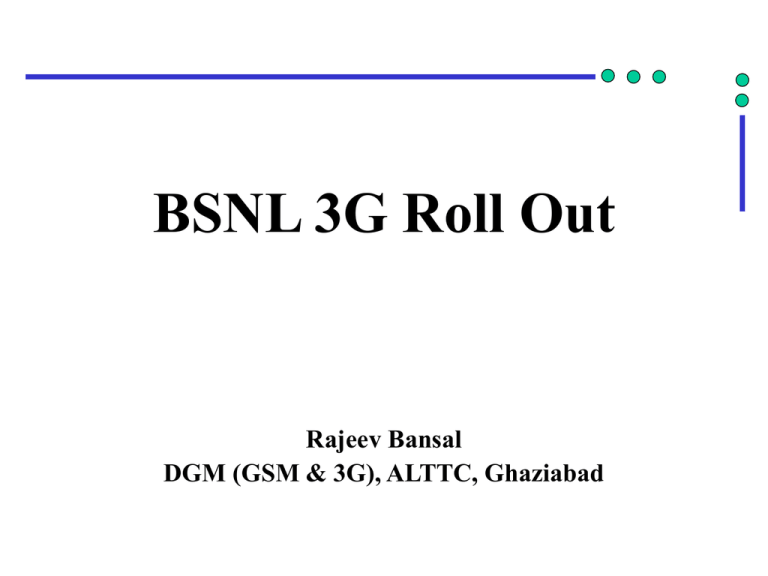
BSNL 3G Roll Out Rajeev Bansal DGM (GSM & 3G), ALTTC, Ghaziabad 3GPP Network Reference Model UE AN CN MSC-S MSC MSC SIM SIM Um MT MT BTS MGW MSC MSC Gb RNC Iu Iur Cu ME Uu USIM USIM ME BS RNS Iub H SMS-SC AUC AUC F Gf SGSN SGSN Gd, Gp, Gn+ Gr SMSSMSGMSC GMSC SMSSMSIWMSC IWMSC Gn+ ISDN PSTN PSPDN CSPDN PDN: -Intranet -Extranet -Internet GGSN GGSN RNC SGSN SGSN UTRAN D HLR HLR EIR EIR BS GMSC GMSC A BSC Iu Cu ME Uu USIM USIM ME SCF SCF E, G BSS Abis RNS Iub External Networks Note: Not all interfaces are shown and named Primary Sites Vs Secondary Sites •Primary Site is the highest level site in the core network. – Contains nodes, both controlling and switching nodes for CS and PS respectively as well as BSC access nodes. – MSC-S, M-MGw, SGSN, BSC nodes. •Secondary Site are sites with local switching capability and RAN access. – M-MGw and BSC nodes. Primary Sites Vs Secondary Sites Monolithic vs Layered Architecture Monolithic vs Layered Architecture MSC MSC-S MGW Migration from Monolithic to Layered architecture MSC Server MSC (Monolithic) GCP / SIGTRAN MGW Call Control Bearer Design Principle Control Signaling between MSC-S and M-MGw is using SS7 over IP (SIGTRAN) BSC is connected to one M-MGw only Each monolithic MSC is connected to SGw over TDM Signaling between Monolithic MSC and MSC-S will be via SGw. Design Principle BICC MSC-S SIGTRAN MGW TDM MSC Monolithic MSC MSC-S Transport Design Design Criteria: Up to 6 Node-Bs grouped into one cluster of a Sub-hub Up to 4 Sub-Hub clusters grouped into 1 hub. STM-1 from Hub/Sub-Hub to RNC through BSNL media Interfaces: End node-B: E1 interface. Sub-Hub: E1 interface / STM-1 interface. Hub: STM-1 interface. Hub- Sub-HUB Architecture Requirement from BSNL 3E1 for Each Node B sites. STM-1 between RNC and Hub RBS site STM-1 between Hub RBS and Sub Hub RBS sites as STM-1 between RNC and Core network. Pool of IPs for O&M Purposes and GTPU Links (RNC to SGSN) – 16 IP per node-B – 64 IPs per RNC 128 IPs for OSS Separate IMSI series for USIM STM from Every Circle to ViG Video Gateway (ViG) Video Gateway (ViG) interconnects WCDMA core network on one side and an IP network on other. It supports, IP-based Video Messaging systems and Multiparty Conferencing Systems Proposed ViG offers following services: – Mobile to Mobile Video Calls – Mobile to IP client (PC) video calls. – Circuit Switched Streaming – Multi-party Video Conferencing ViG: Basic Connectivity • Used for Mobile to PC and PC to Mobile Video Calls • Video Conferencing Key Services being offered • Mobile to Mobile Video Call • Mobile Broadband (High Speed Data) • Video Streaming (Clips/Movies etc.) • Mobile TV (Live TV Channels)


